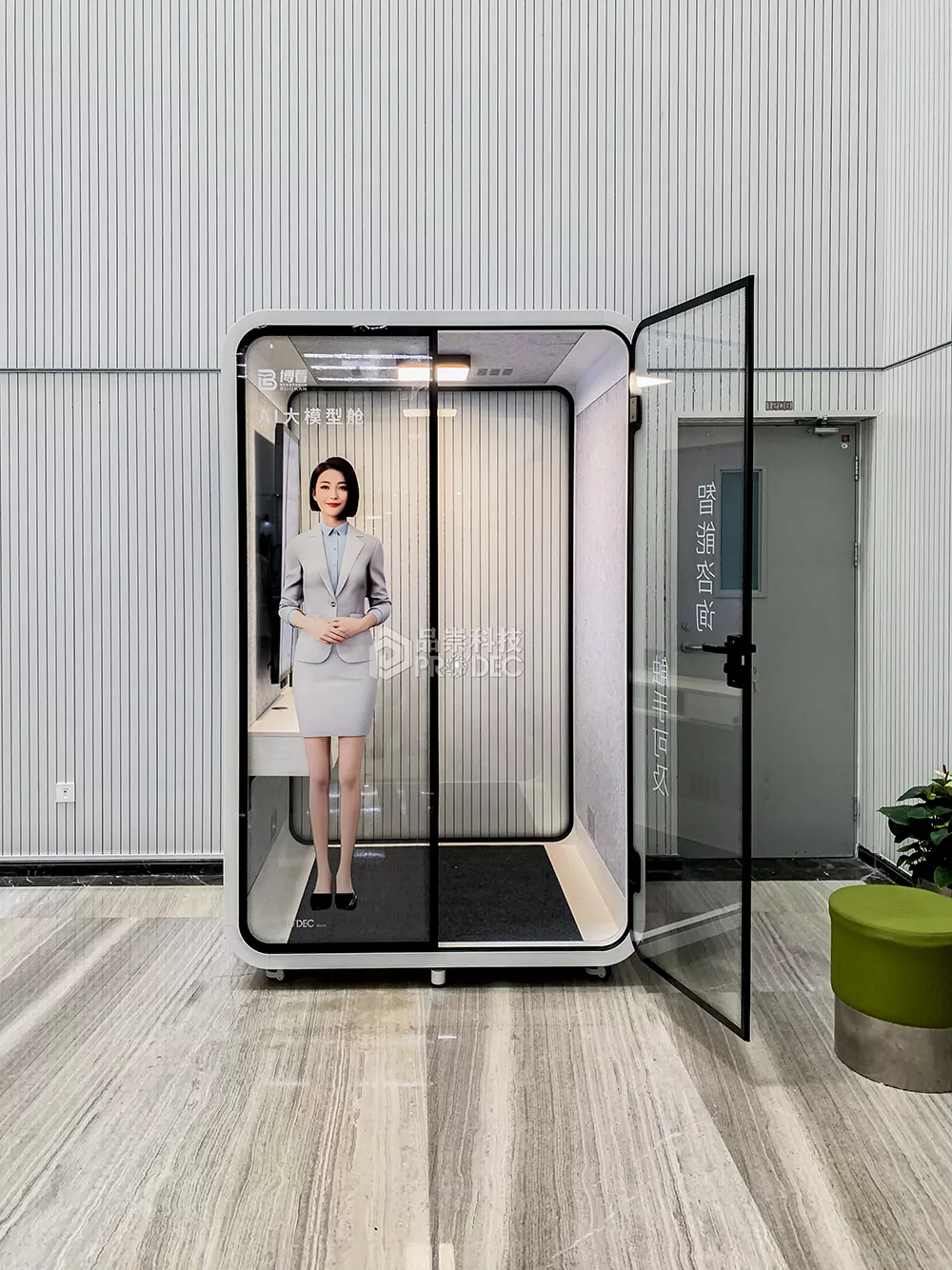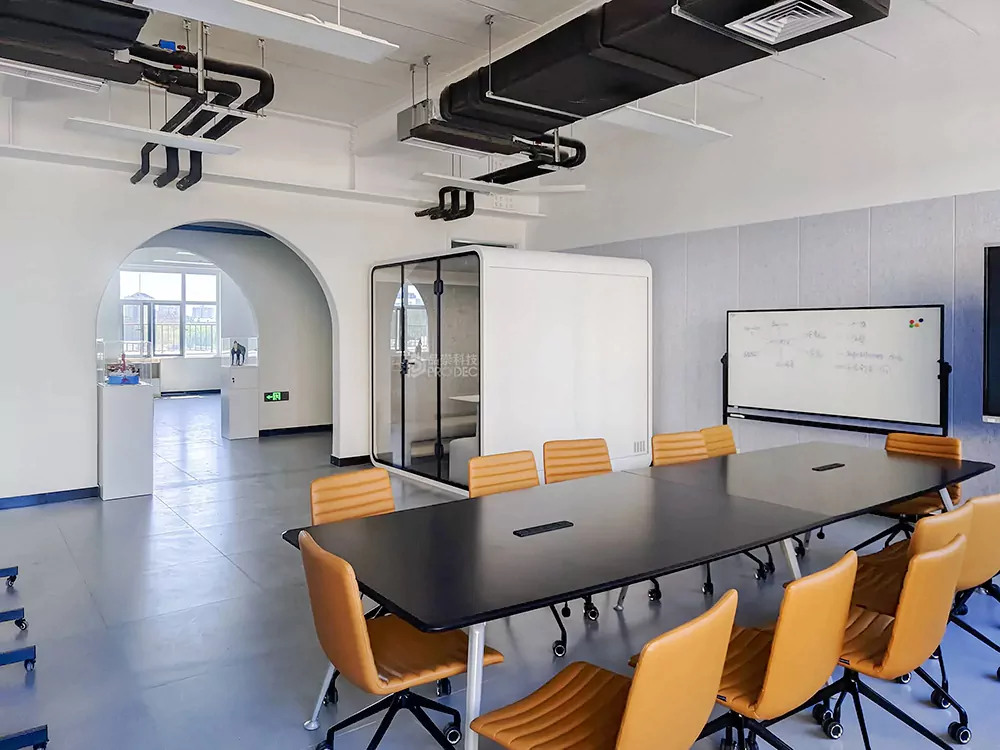Cómo elegir una cabina de grabación acústica con ventilación
Why Ventilation is the Hidden Key to Effective Acoustic Booths
En Acoustic Recording Booth with Ventilation isn’t just a luxury—it’s a necessity for professional-grade audio environments. While soundproofing and acoustic treatment are primary concerns, one of the most frequently overlooked yet critical factors is airflow. Users often report discomfort, condensation buildup, and even dizziness when using sealed booths without proper ventilation. This not only impacts vocal performance but can also lead to shorter recording sessions and reduced productivity. A well-designed ventilation system ensures fresh air circulation while maintaining acoustic integrity, directly addressing a major user pain point identified in customer reviews and search queries.
The challenge lies in balancing sound isolation with breathable comfort. Traditional booths often sacrifice one for the other—either they’re too stuffy or too leaky acoustically. Modern engineering has solved this with integrated ventilation systems that use baffled ducts, inline silencers, and low-noise fans to minimize sound transmission. These systems allow continuous airflow without compromising the 30–40 dB noise reduction typically expected from high-end booths. By focusing on this balance, manufacturers are now delivering truly functional spaces for long-duration use in home studios, módulos de oficina, and broadcast environments.

Step-by-Step Guide to Choosing the Right Ventilated Acoustic Booth
Step 1: Assess Your Primary Use Case
Determine whether you need the booth for vocal recording, podcasting, phone calls, or meetings. Each application has different ventilation demands. For example, vocalists require longer sessions, making airflow crucial to prevent vocal strain and fatigue.
Step 2: Evaluate Room Size and Placement
Measure your available space. Ventilated booths come in modular sizes (S/M/L/XL). Ensure there’s enough clearance around the unit for air intake and exhaust, typically 6–12 inches on all sides.
Step 3: Check Ventilation System Specifications
Look for units with active ventilation systems rated at least 20–30 CFM (cubic feet per minute) and equipped with noise-dampening features like acoustic lining in ducts.
Step 4: Confirm Sound Insulation Ratings
Verify the RW+Ctr value (weighted sound reduction index). A rating of ≥30 dB ensures effective external noise blocking, even with ventilation running.
Step 5: Examine Interior Materials
High-density acoustic foam and flame-retardant ABS panels absorb internal reflections while remaining safe and breathable. Avoid materials that off-gas or restrict airflow.
Step 6: Review Power and Lighting Integration
Ensure the ventilation fan operates on standard voltage (100–240V) and includes a USB-powered backup option. LED lighting should be dimmable and set to 4000K for natural color temperature.
Step 7: Consider Customization Options
Many suppliers offer adjustable wall thickness, interior finishes, and logo branding. Choose colors and fabrics that match your studio aesthetic without compromising acoustic performance.
Step 8: Inspect Door and Glass Quality
The door seal must be airtight yet allow smooth operation. Tempered glass (≥10mm) with soundproof laminates maintains visibility and acoustic integrity.
Step 9: Verify Certifications and Safety Standards
Look for CE, ISO, and EPR certifications. These ensure compliance with environmental, electrical, and structural safety regulations across regions like Germany and France.
Step 10: Test Portability and Assembly Requirements
If mobility is needed, choose models with wheels and modular panels. Most kits arrive as pre-assembled parts requiring under 2 hours of setup with basic tools.
Performance Comparison: Ventilated vs. Non-Ventilated Acoustic Booths
| Característica | Ventilated Acoustic Booth | Non-Ventilated Acoustic Booth |
|---|---|---|
| User Comfort (8+ hour use) | Excellent – steady airflow prevents CO₂ buildup | Poor – stuffiness leads to early fatigue |
| Sound Isolation (dB) | 30–40 dB (with inline silencers) | 35–45 dB (but compromised by user opening door for air) |
| Internal Humidity Control | Low – constant air exchange reduces condensation | High – moisture accumulates during long sessions |
| Recommended Use Duration | Unlimited with breaks | Limited to 1–2 hours |
| Maintenance Needs | Filter cleaning every 3 months | None, but frequent airing required |
Top Models Featuring Advanced Ventilation Systems
Several leading products now integrate sophisticated ventilation into their design. The SINNOPOD series, for instance, features an integrated air circulation system with HEPA filtration, ideal for allergy-sensitive users. It maintains a quiet 28 dB(A) fan noise level, ensuring it doesn’t interfere with recordings. Similarly, UMD’s silent booth uses a 38mm aluminum sandwich structure with embedded ventilation channels that reduce turbulence and noise transmission.
Another standout is the SilentBox Office Phone Booth, which combines a corrosion-resistant steel frame with a 4000K LED lighting system and a whisper-quiet centrifugal fan. Its removable floor mat enhances airflow from below, promoting even circulation. These models exemplify how modern engineering prioritizes both acoustic precision and human comfort.
Technical Specifications Comparison: Leading Ventilated Booths
| Modelo | Ventilation Type | Sound Reduction (dB) | Power Requirement | Tiempo de montaje |
|---|---|---|---|---|
| SINNOPOD Pro Model | Integrated axial fan with acoustic duct | 38 dB | 12V DC / USB | 90 minutes |
| UMD Silent Room | Baffled passive vents + optional fan | 35 dB | 100–240V AC | 120 minutes |
| SilentBox Advanced | Centrifugal fan with noise trap | 40 dB | 100–240V AC + USB | 60 minutes |
| AG.Acoustic Modular Pod | Passive convection vents | 30 dB | None (passive) | 150 minutes |
User Feedback: Real-World Experiences with Ventilated Booths
“I used a basic non-ventilated booth for months and always had to open the door after 30 minutes. Switching to a Acoustic Recording Booth with Ventilation changed everything. I recorded a full audiobook in one day without feeling claustrophobic.” — James L., Voice Actor, Berlin
“The airflow system is so quiet, you don’t even notice it’s on. But you definitely feel the difference—no more fogged-up glasses during Zoom calls!” — Sarah T., Remote Team Lead, Toronto
Customer images shared online show clear interiors free of condensation, with users comfortably seated for extended periods. Many highlight the psychological benefit of knowing fresh air is constantly circulating, reducing anxiety often associated with enclosed spaces.
Conclusion: Investing in Comfort and Performance
En Acoustic Recording Booth with Ventilation represents the evolution of personal sound environments—merging acoustic science with ergonomic design. By addressing the critical issue of air quality, these booths enable longer, more productive sessions without sacrificing audio clarity. Whether for professional studios or hybrid workspaces, choosing a model with a certified ventilation system ensures optimal performance, safety, and user satisfaction. As customer demand grows for healthier, smarter workspaces, ventilated acoustic solutions are setting the new industry standard.
本文由人工智能技术生成,基于公开技术资料和厂商官方信息整合撰写,以确保信息的时效性与客观性。我们建议您将所有信息作为决策参考,并最终以各云厂商官方页面的最新公告为准。






